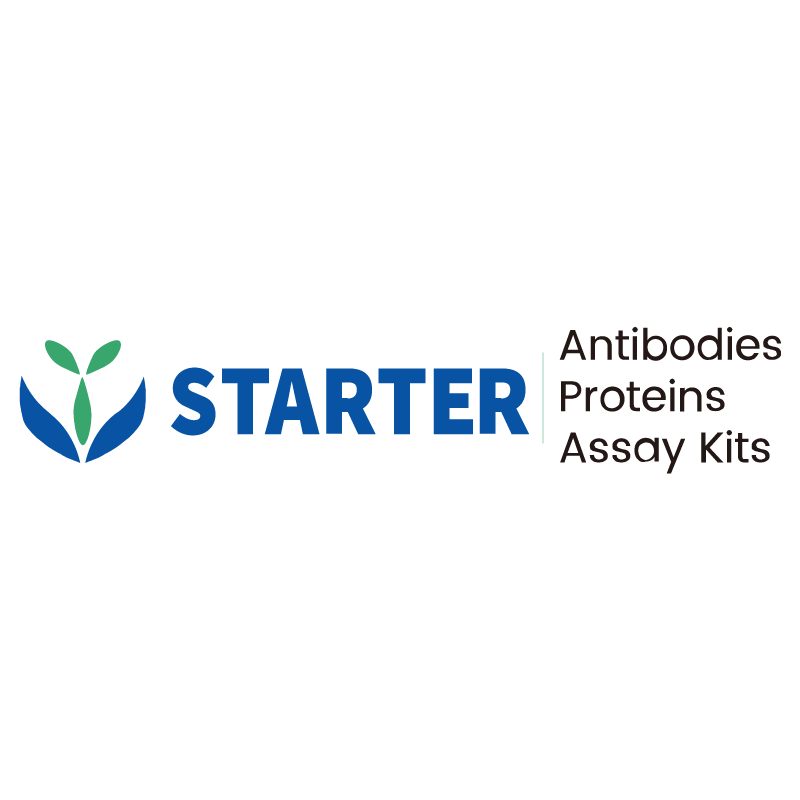Flow cytometric analysis of human PBMC (human peripheral blood mononuclear cells) labelling Human CD4 antibody at 1/2000 (0.1 μg) dilution (Right) compared with a Mouse IgG1, κ Isotype control (Left). Goat Anti - Mouse IgG Alexa Fluor® 488 was used as the secondary antibody. Then cells were stained with CD3 - Brilliant Violet 421™ separately.
Product Details
Product Details
Product Specification
| Host | Mouse |
| Antigen | CD4 |
| Synonyms | T-cell surface glycoprotein CD4; T-cell surface antigen T4/Leu-3 |
| Location | Cell membrane, Endoplasmic reticulum |
| Accession | P01730 |
| Clone Number | 13B8.2 |
| Antibody Type | Mouse mAb |
| Isotype | IgG1,k |
| Application | FCM |
| Reactivity | Hu |
| Positive Sample | human PBMC |
| Purification | Protein G |
| Concentration | 2 mg/ml |
| Conjugation | Unconjugated |
| Physical Appearance | Liquid |
| Storage Buffer |
PBS pH7.4, 0.03% Proclin 300
|
| Stability & Storage | 12 months from date of receipt / reconstitution, 2 to 8 °C as supplied. |
Dilution
| application | dilution | species |
| FCM | 1:2000 | Hu |
Background
CD4 is a glycoprotein found on the surface of certain immune cells, such as helper T cells, monocytes, macrophages, and dendritic cells. It is a monomeric type I transmembrane molecule composed of four immunoglobulin-like domains (D1 to D4) and encoded by a single gene. As a co-receptor for the T-cell receptor (TCR), CD4 plays a crucial role in the immune response by binding to the MHC class II molecules on antigen-presenting cells, which helps T cells recognize and respond to foreign antigens. The interaction between CD4 and MHC class II molecules also activates downstream signaling pathways, leading to the activation of transcription factors and promoting T cell activation. Additionally, CD4 is significant in HIV infection, as the virus binds to CD4 to enter host cells.
Picture
Picture
FC


